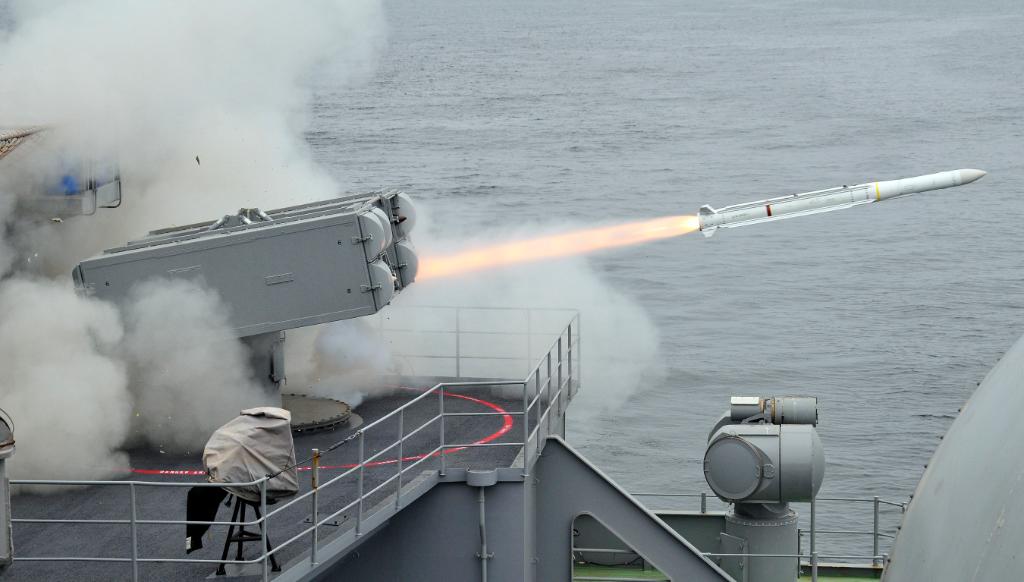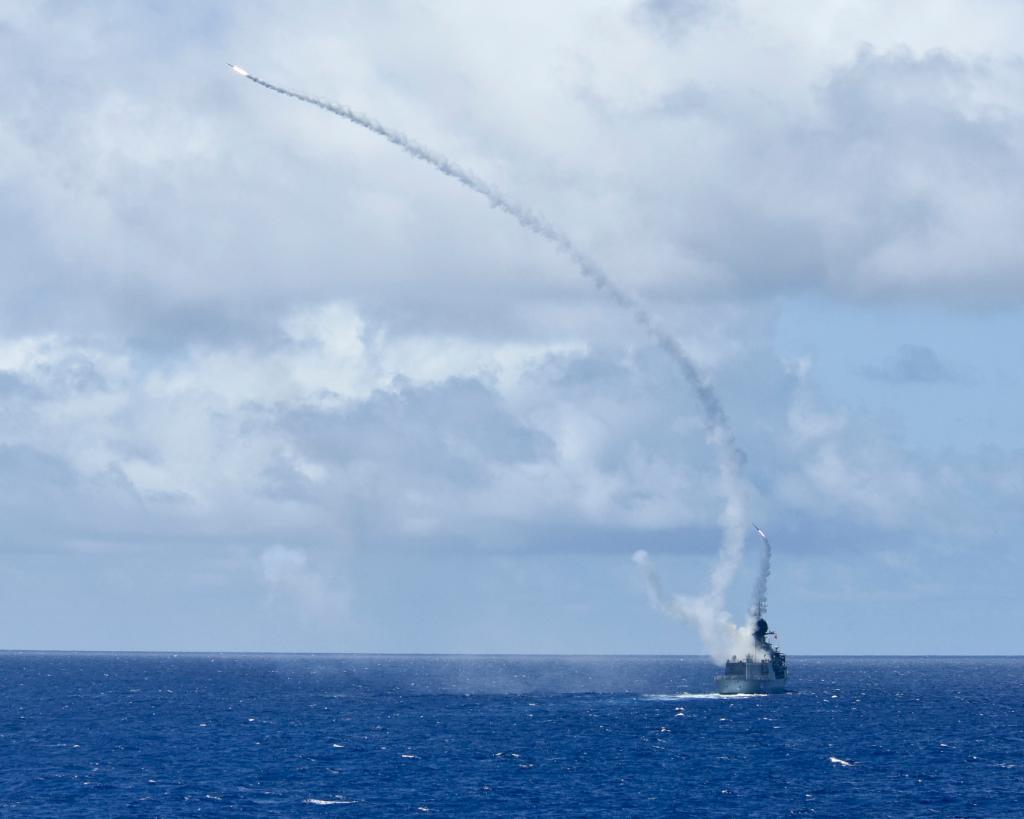Defense company Raytheon has clinched a US Navy contract to provide engineering and technical services for the Evolved Seasparrow Missile and NATO Seasparrow Missile programs, the Pentagon has said.
A press release by the Department of Defense on December 30 stated, “Raytheon Company [of] Tucson, Arizona, is awarded a $55,121,826 modification to a previously awarded contract for engineering and technical services in support of the Evolved Seasparrow Missile and NATO Seasparrow Missile Systems programs.”
The contract combines purchases for the US government (99%); and those of Japan and the United Arab Emirates (1%) under the Foreign Military Sales program.

Most of the work for the contract will be performed in Tucson in Arizona (82%) with the rest in Portsmouth, Rhode Island (17%), Aranjuez in Spain, Brisbane in Australia, and Koropi Attica in Greece, the release added.
The RIM-162 Evolved Seasparrow Missile (ESSM) is a medium-range surface-to-air interceptor tasked with defending navy vessels against high-speed anti-ship cruise missiles, low-velocity air threats (LVAT) like drones and helicopters, and high-speed maneuverable surface threats.
Development Details
After the Israeli destroyer INS Eilat was sunk by a Russian anti-ship missile in 1967, NATO allies realized they required a reliable self-defense missile to protect their vessels.
In 1968, four nations (Denmark, Italy, Norway, and the United States) signed an agreement to cooperatively develop the NATO Seasparrow Surface Missile System (NSSMS). These nations also founded the NATO Seasparrow Consortium, which now has 12 members.
Here comes the BOOM ? #NavyCapacity
A RIM-7 NATO Sea Sparrow Missile (NSSM) is fired from the forward launcher during a live-fire exercise aboard the amphibious assault ship #USSTripoli (LHA 7). pic.twitter.com/KniDbJ0Mdn
— U.S. Navy (@USNavy) August 10, 2021
The NATO Seasparrow Project Office proposed to the Project Steering Committee in April 1991 that the NSSMS should be upgraded to increase performance against quicker and more agile low-altitude threats. As a result, the Evolved Sea Sparrow Missiles (ESSM) that are currently in use were produced.
Members of the consortium also split the cost of developing a new variant of the weapon system. Japan, Thailand, and the United Arab Emirates are three non-consortium countries that have purchased ESSM through overseas sales.
The ESSM development program has seen the participation of 10 of the 12 Seasparrow Consortium members. Australia, Canada, Denmark, Germany, Greece, Norway, Spain, Turkey, the Netherlands, and the United States are among the countries involved.

The first ESSM was delivered to the US Navy in 2002, and the missile went into service in 2004. In October 2004, Raytheon was awarded a contract by Abu Dhabi Shipbuilding (ADSB) to provide MK56 ESSM vertical launching systems (VLS) for four Baynunah class corvettes of the UAE Navy.
Thailand’s government has also signed an $18 million foreign military sale agreement with the Defense Security Cooperation Agency for the potential sale of nine ESSMs and related equipment.
The ESSM of the Royal Australian Navy is now being upgraded to Block 2 standards in order to provide more firepower against anti-ship missiles. In June 2020, the first approval for the Block 2 missile was granted.
In August 2019, Raytheon was awarded a $190 million contract by the US Navy to commence a low-rate initial production (LRIP) of ESSM Block two missiles. An active guiding system with a dual-mode active/semi-active radar will be included in the Block 2 standard. Block 2 is being jointly acquired by Australia, Canada, Denmark, the Netherlands, Norway, Turkey, and the United States.
Specifications
The ESSM anti-ship missile has a tail-control system for increased speed and maneuverability. The missile has a length of roughly 3.64 meters, a diameter of 254 millimeters, and a weight of 280 kilograms. It can function in all weather situations.
ESSM travels at Mach 4 using solid fuel, relying on the inertial and semi-active radar for navigation. Its range is roughly around 50 kilometers.

ESSM can be fired from various launchers including the NSSMS Mark 29 trainable launcher, Mk 57 Vertical Launching System (VLS), Mk 41 VLS, Mk 48 Guided VLS, and the Mk 56 Dual Pack ESSM launcher.
The Sea Sparrow missile is compatible with the Aegis weapon system. ESSMs are normally launched from the Mk 41 VLS on Aegis-equipped ships, with four interceptors “quad-packed” into a single launch cell.
In an 8-inch-diameter forebody guidance section, the Sea Sparrow SAM is equipped with an enhanced semi-active radar homing guidance system.
The ESSM anti-ship missile is propelled by a high-performance Mk 134 Mod 0 dual-propellant propulsion system that generates a high thrust. The engine can function in temperatures ranging from -14 to 133 degrees Fahrenheit.
- Contact the author at ashishmichel@gmail.com
- Follow EurAsian Times on Google News




